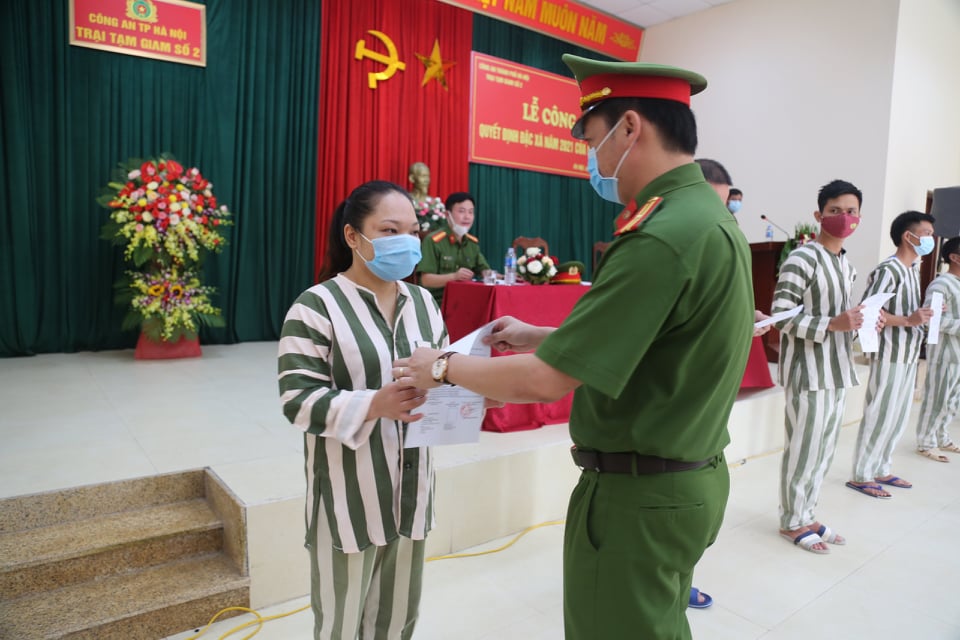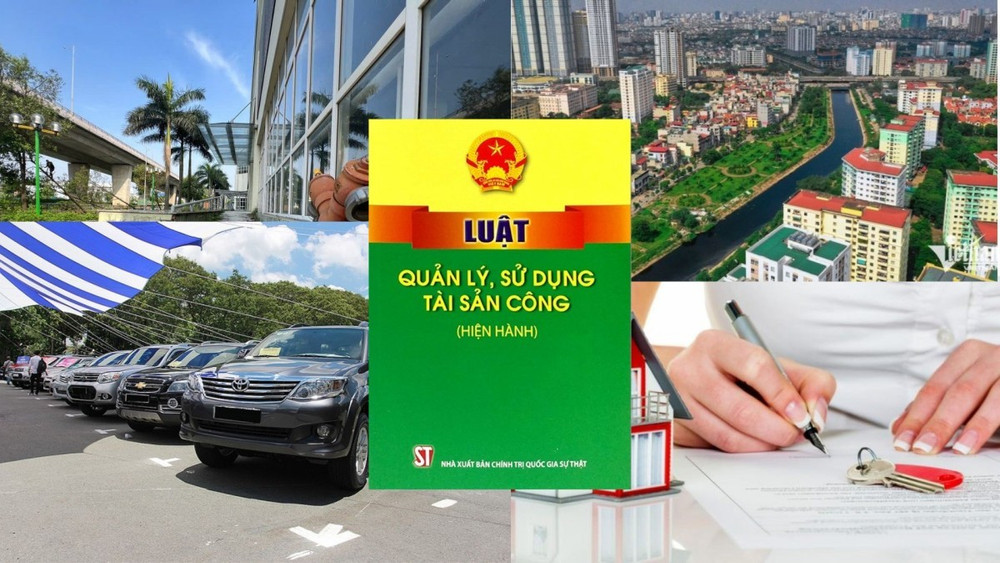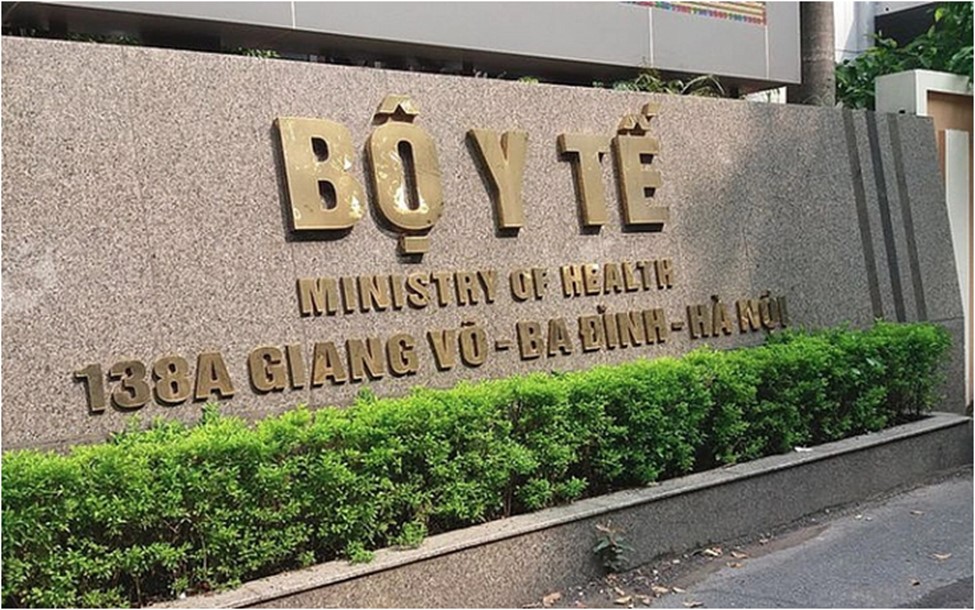Approval of the planning for the Central Highlands region of Vietnam for the period 2021–2030, with a vision to 2050
What are the details of the planning for the Central Highlands region of Vietnam for the period 2021–2030, with a vision to 2050 approved by the Prime Minister of Vietnam?

Approval of the planning for the Central Highlands region of Vietnam for the period 2021–2030, with a vision to 2050 (Internet image)
On May 4, 2024, the Prime Minister issued Decision 377/QD-TTg approving the planning for the Central Highlands region of Vietnam for the period 2021–2030, with a vision to 2050.
Approval of the planning for the Central Highlands region of Vietnam for the period 2021–2030, with a vision to 2050
The Prime Minister approves the planning for the Central Highlands region for the period 2021–2030, with a vision to 2050, with the following vision and development objectives:
(1) Vision to 2050
The Central Highlands will become a sustainable development region with a green and circular economy; it will develop large-scale industrial crops, fruit trees, flowers, and renewable energy centers for the whole country; and it will form high-quality tourist destinations that attract domestic and international tourists. The region will have an ecological space rich in cultural diversity. Forest ecosystems will be conserved and developed. Modern and synchronized infrastructure will be important platforms to connect the Central Highlands with major economic centers in the country and promote international economic integration. Cultural identity will be promoted and serve as a foundation for development. There will be harmonious development between the economy and culture, society, and environmental protection; people will have a warm and happy life. National defense, security, order, and social safety will be firmly ensured; the borders will be peaceful, friendly, and cooperative for mutual development. By 2050, some provinces in the region will belong to the group of relatively developed provinces in the country.
(2) Specific development objectives
* General objectives
By 2030, the Central Highlands will become a rapidly developing and sustainable region based on a green and circular economy; it will develop a highly efficient agricultural economy based on science and technology, innovation, and digital transformation; it will establish large-scale agricultural products with international brands linked to processing centers; and it will become an attractive tourist destination for domestic and international visitors. The region will have essential transportation and digital infrastructure. The cultural system will be upgraded; ethnic cultural diversity will be rich. Fundamental issues of land and production land for ethnic minority people will be resolved. The material and spiritual lives of the people will be improved. Forest ecosystems and biodiversity will be preserved and developed; headwater forests will be protected; and water security will be ensured. National defense and security will be maintained; political security, order, and social safety will be ensured and maintained. By 2030, the Central Highlands aim to surpass the low average income level.
* Specific objectives
- Economy:
+ The average annual GRDP growth rate in the period 2021–2030 will reach 7–7.5%.
+ By 2030, the average per capita GRDP will reach around 130 million VND, equivalent to 5,000 USD.
+ The proportion of agriculture, forestry, and fisheries in the GRDP will be about 29%; the industrial-construction sector will account for about 27%; the service sector will account for about 38%; product taxes excluding subsidies will contribute about 6% to the GRDP; TFP's contribution to GRDP growth will be about 39%; and the proportion of the digital economy will account for about 25–30% of the GRDP.
+ The urbanization rate will reach 37%–41%; the rate of communes meeting new rural standards will be about 85%, with the proportion of communes meeting advanced new rural standards reaching about 50%.
- Society:
+ The proportion of trained labor with degrees and certificates will reach 25–30%.
+ The multi-dimensional poverty rate will be reduced by 1.0–1.5% per year.
+ The poverty rate among ethnic minority groups will be reduced by over 3% per year.
+ The proportion of educational facilities meeting national standards will be about 60% for preschool education, about 65% for primary education, about 75% for secondary education, and about 60% for high school education.
+ The number of hospital beds per 10,000 people will reach 32; the number of doctors per 10,000 people will reach 11. The health insurance coverage rate will reach 90%.
- Environment:
+ By 2030, the forest coverage rate will reach over 47%.
+ The rate of clean water use in urban areas will reach 100%, and the rate of sanitary water in rural areas will reach 98%.
+ The rate of collection and treatment of hazardous waste according to regulations will reach 98%.
+ The rate of hazardous solid waste generated from production, business, and healthcare activities that is collected and treated according to regulations will reach 100%.
+ The rate of industrial zones with centralized wastewater treatment systems meeting environmental standards will reach 100%; the rate of collection and treatment of solid waste in urban areas according to regulations will reach 95%.
More details can be found in Decision 377/QD-TTg, issued by the Prime Minister.
- Number of deputy directors of departments in Vietnam in accordance with Decree 45/2025/ND-CP
- Cases ineligible for pardon in Vietnam in 2025
- Decree 50/2025 amending Decree 151/2017 on the management of public assets in Vietnam
- Circular 07/2025 amending Circular 02/2022 on the Law on Environmental Protection in Vietnam
- Adjustment to the organizational structure of the Ministry of Health of Vietnam: Certain agencies are no longer listed in the organizational structure
- Vietnam aims to welcome 22-23 million international tourists in Vietnam in 2025
-

- Number of deputy directors of departments in Vietnam ...
- 15:04, 05/03/2025
-

- Cases ineligible for pardon in Vietnam in 2025
- 14:43, 05/03/2025
-

- Decree 50/2025 amending Decree 151/2017 on the ...
- 12:00, 05/03/2025
-

- Circular 07/2025 amending Circular 02/2022 on ...
- 11:30, 05/03/2025
-

- Adjustment to the organizational structure of ...
- 10:34, 05/03/2025
-

- Notable new policies of Vietnam effective as of ...
- 16:26, 11/04/2025
-
.Medium.png)
- Notable documents of Vietnam in the previous week ...
- 16:21, 11/04/2025
-
.Medium.png)
- Notable documents of Vietnam in the previous week ...
- 16:11, 02/04/2025
-
.Medium.png)
- Notable new policies of Vietnam to be effective ...
- 16:04, 02/04/2025
-
.Medium.png)
- Notable new policies of Vietnam effective from ...
- 14:51, 21/03/2025

 Article table of contents
Article table of contents
